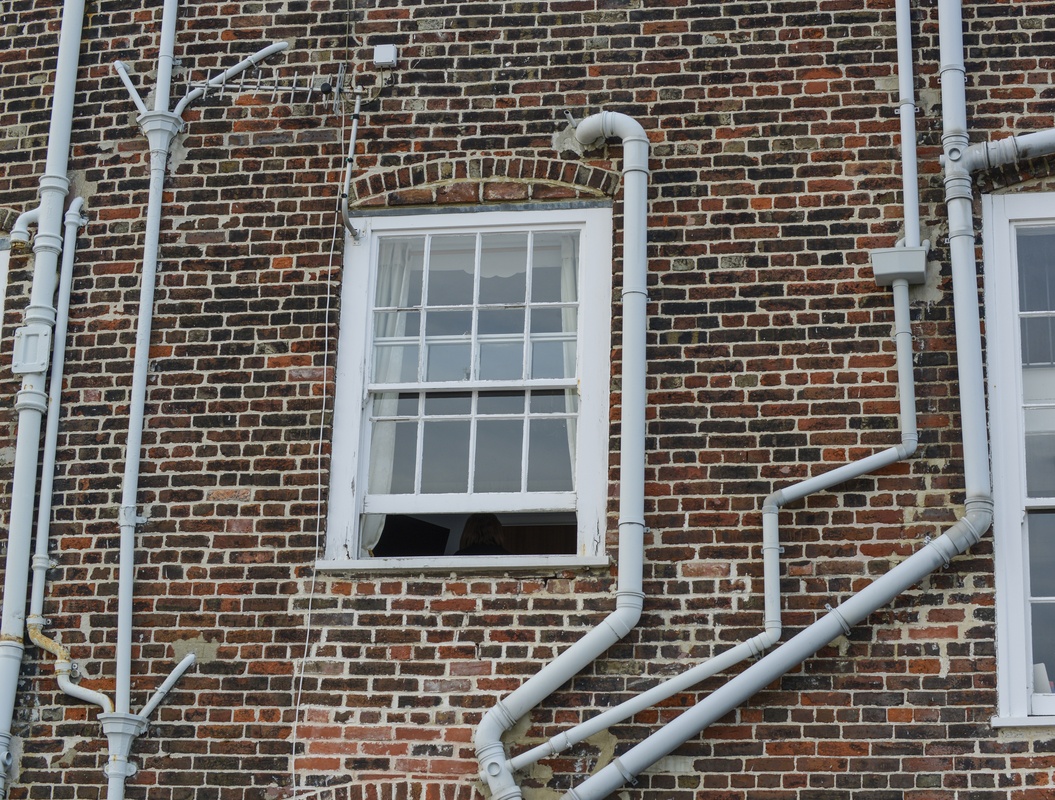How to soundproof water pipes and sewer pipes – for quieter homes and buildings
Disturbing noises from water pipes and drain pipes are a common problem in homes, public buildings, offices, and hotels. Dripping sounds, running water, or muffled vibrations when the pipes fill up can create a constant background noise that negatively affects comfort. In some cases, the sound is also amplified by the building's construction, causing the noise to spread to other floors and rooms. By soundproofing and dampening pipes with the right products, you can create a significantly quieter indoor environment – without having to redo the entire installation. SilentDirect offers effective solutions that combine soundproofing and vibration dampening. With products such as SilentDirect Polaric, Neo, MLV, and Seal, you can treat both the pipes themselves and the surrounding surfaces to reduce noise, vibrations, and sound propagation in walls, floors, and ceilings.
Why do pipes and drains make noise?
Noise from water and sewer pipes occurs when water moves quickly through the pipes, hits the pipe walls, or changes direction. Air pockets, valves, pressure variations, and vibration transfer from surrounding installations can also create disturbing noises. These noises can be both airborne—i.e., heard directly in the room—or structure-borne, which means that the sound is transmitted through the building's frame and is heard in completely different parts of the house.nbsp;Metal pipes are often more sound-conductive than plastic pipes, and installations with loose fastenings, hard mountings, or poor insulation (regardless of pipe material) make the problem worse. In apartment buildings, this can lead to neighbors' water taps being clearly audible in your own apartment, which affects sleep, concentration, and well-being.
Effective products for soundproofing pipes
To reduce both airborne sound and vibrations around water pipes and sewer pipes, it is important to use a combination of sound-insulating and vibration-breaking materials. SilentDirect Polaric is a heavy butyl mat with an aluminum surface that dampens vibrations very effectively and can be wrapped around pipes or mounted on connecting surfaces. SilentDirect MLV, our mass-loaded vinyl, works excellently as a surface layer for soundproofing larger areas, such as shafts or interior walls behind pipes. To deal with reverberation, bouncing sound waves, and resonance in spaces with open pipes, sound absorbers such as SilentDirect Egg (with an egg-shaped surface) or Neo (smooth variant) are used. These NBR-based sheets break up sound waves and prevent sound from bouncing between walls and floors. SilentDirect Seal is a dense nitrile rubber strip used to seal gaps, pipe penetrations, and other sound leakage points—an easy way to prevent sound from escaping into walls or adjacent rooms.
Also dampen the space where the pipes are located
If pipes run through laundry rooms, basements, utility rooms, or cramped installation spaces, you can further improve the sound environment by installing sound absorbers on walls and ceilings. SilentDirect PES Wall and PES Ceiling are ideal for this purpose. They are made of dimensionally stable polyester, are available in both a standard white version and a fabric-covered version, and provide discreet but effective protection against reverberation and sound reflection in spaces close to pipes. By treating the room where the noise occurs, you reduce the overall noise level in the building.
When is sound insulation of pipes necessary?
Soundproofing of pipes is particularly relevant in apartment buildings, terraced houses, hotels, office premises, schools, and older properties where sound requirements were not as high as in today's new construction. Even private homes with open floor plans or water-based underfloor heating systems can benefit greatly from dampening the sound of circulation pumps and water flow – and preventing the sound from the pump and flow from spreading to other parts of the house.
Invest in silence – and increase comfort
Soundproofing water and sewage pipes is an investment in both comfort and property value. With the right materials in the right place, you can reduce disturbing noise, prevent vibrations, and create a peaceful environment – even when the water is flowing. Contact us at SilentDirect for guidance, and we will help you choose the right solutions for your pipe installations.






